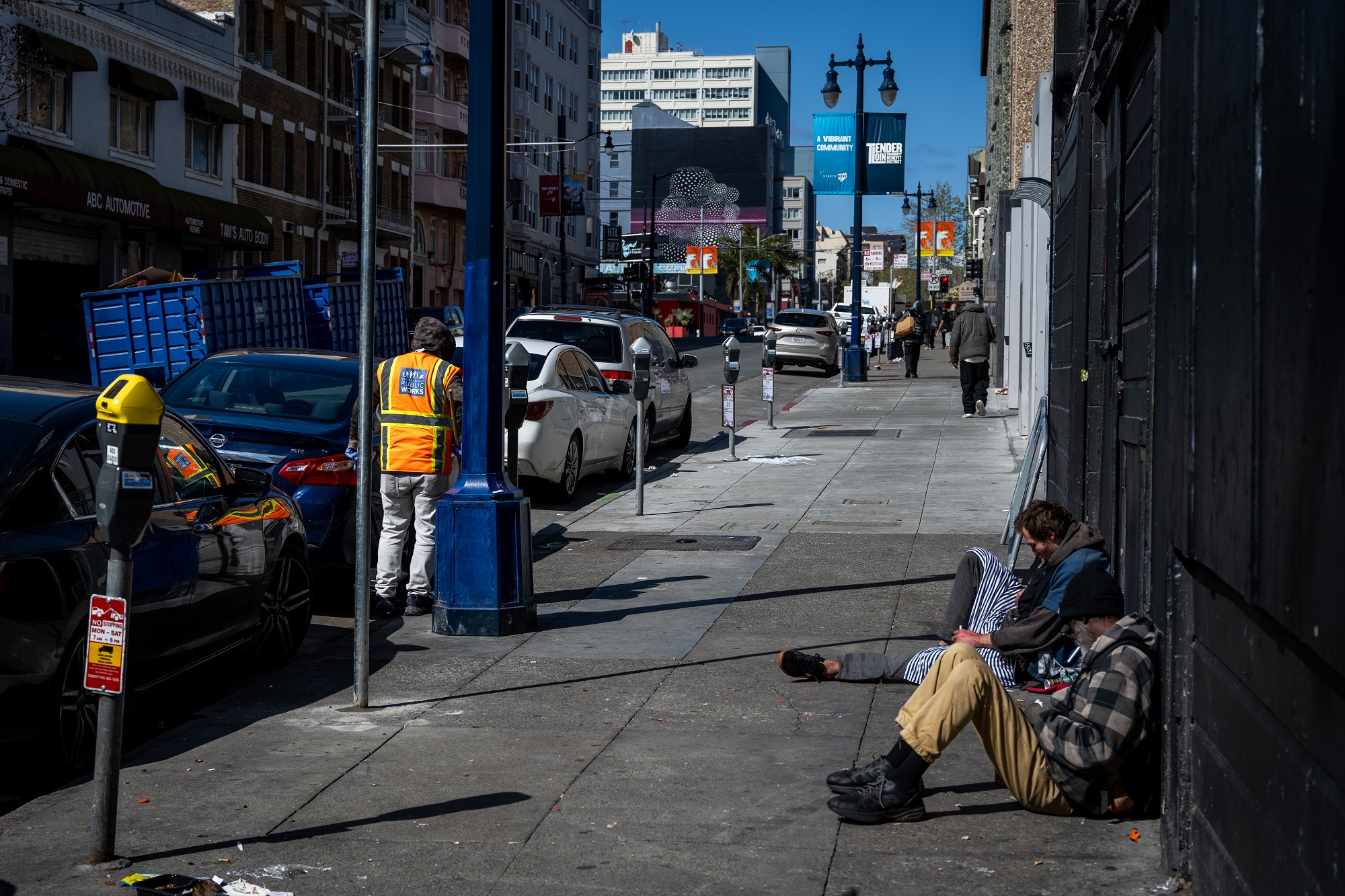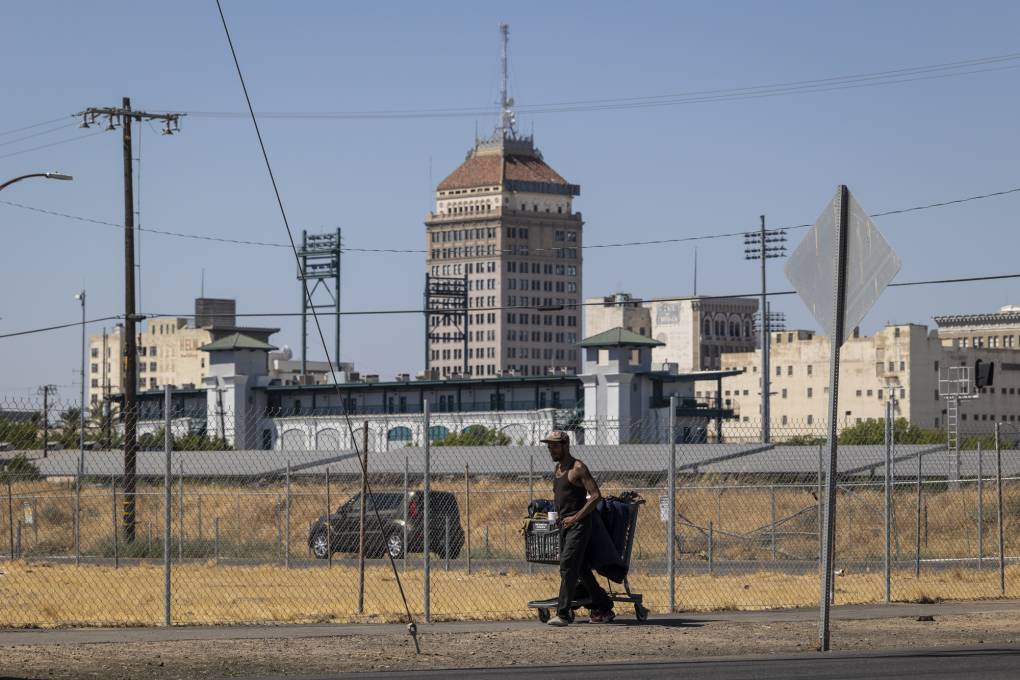San Francisco’s crackdown on encampments is showing on the streets of the Tenderloin, according to one local service provider. But many unhoused residents might just have found more discreet places to stay.
According to Karl Robillard, the chief communications officer for Glide, which provides services to about 500 people in the Tenderloin daily, the ramp-up of encampment sweeps has had a marked effect on the neighborhood.
“Absolutely, there’s been a noticeable uptick in terms of tent removal,” he said. “You can see it when you’re walking up and down the streets. You can see it happening. There’s far fewer tents on the sidewalk. It’s very visually obvious and it’s a significant change for a neighborhood like the Tenderloin.”
It has been two months since San Francisco began “aggressive” street sweeps announced by Mayor London Breed following a Supreme Court ruling that loosened restrictions on cities’ ability to clear homeless encampments even when there is not ample shelter available.



